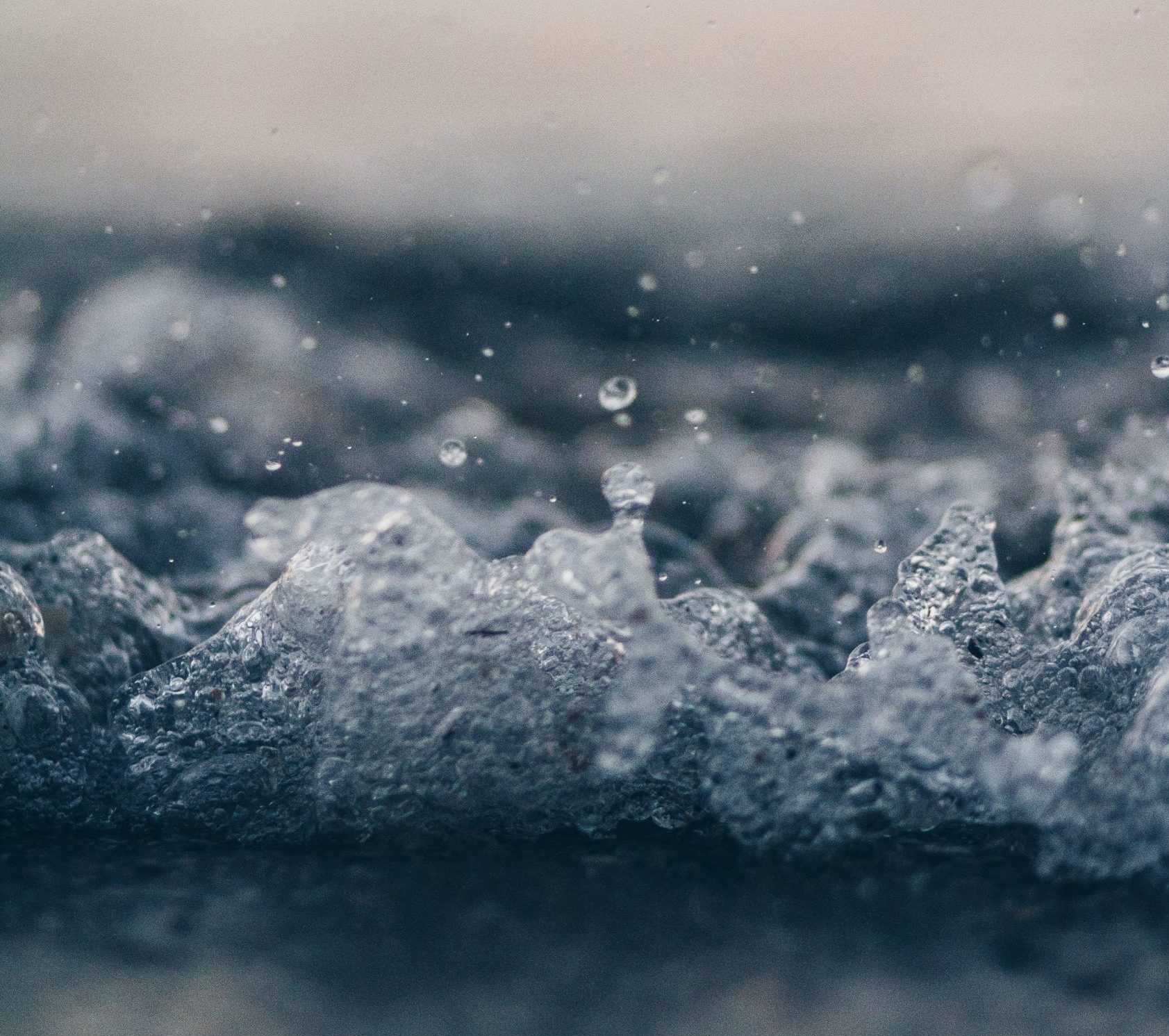
Image Credit: Samara Doole on Unsplash
The U.S. Department of Energy (DOE) and the National Alliance for Water Innovation (NAWI) today announced the selection of seven projects that will advance breakthrough technologies for reliable and affordable freshwater supplies for the United States. The selected projects will conduct early-stage applied research on desalination and treatment of nontraditional water sources for beneficial end uses. The research will help to bolster a circular water economy by supporting water reuse and valorizing constituents we currently consider to be waste.
The collaborative project teams of industry, academic, national laboratory, and other stakeholders will deliver impact aligned with NAWI’s pipe parity metrics. Pipe parity is defined as technology solutions for treating and reusing nontraditional water sources that are competitive with conventional water sources for specific end use applications.
The research will directly address the highest priority research needs and technical knowledge gaps outlined in the NAWI Roadmap Publication Series, which was published in 2021. The projects focus on addressing challenges related to either autonomous water or precision separation. The autonomous water challenge area aims to develop sensor networks and adaptive process control for improved water desalination treatment systems. The precision separation challenge area aims to develop flexible platform technologies that remove (and/or recover) target compounds from one or more priority classes of contaminants and from specific water end use sectors.
The selected projects include:
(Listed in no particular order)
- Energy-Efficient Selective Removal of Metal Ions from Mining Influenced Waters Using H-Bonded Organic-Inorganic Frameworks
The H-Bonded Organic-Inorganic Frameworks technology will bring tremendous value into the treatment of nonconventional waters with reduced energy consumption, system complexity, and waste management costs while providing unmatched brine valorization and profit recovery. The precision separation and recovery of metals in acid mine drainage (AMD) waters may also expand the availability of critical materials and help alleviate dependency on metal supply chains for the U.S.
Partners: Rio Tinto Services Inc. (lead), Lawrence Berkeley National Laboratory, University of Oklahoma, California Department of Water Resources (funding partner)
This project will use machine learning and artificial intelligence to reduce energy and chemical use, improve operational support, increase treatment system uptime, and improve confidence in purified water quality.
Partners: Carollo Engineers, Inc. (lead), Yokogawa Corporation of America, National Water Research Institute, U.S. Military Academy West Point, tntAnalysis, Las Vegas Municipal Water District, Metropolitan Water District of Southern California, West Basin Municipal Water District, Orange County Water District, Baylor University, California Department of Water Resources (funding partner)
This project will generate a technology that enables the selective removal and recovery of metals/oxyanions from water, enabling the use of a non-traditional water source, significantly reducing the cost and energy of treatment, and valorizing compounds that would typically be considered waste.
Partners: University of California, Berkeley (lead), Greeley and Hansen LLC, NTS Innovations Inc., California Department of Water Resources (funding partner)
Copper recovery will help to achieve pipe parity with conventional treatment of mining process waters and/or reuse at copper mines and refineries while simultaneously improving environmental sustainability. The project will also provide platform technology that can be used to develop additional ion-selective cation exchange membranes, targeting other ionic contaminants of interest, such as lead and cadmium.
Partners: Rice University (lead), The University of Texas El Paso, Magna Imperio Systems Corp.
This project will overcome the persisting inefficiencies in the current state-of-the art boron removal strategies. The research will also provide a demonstration of an effective method for electrosorption of weak acid/base species and selective removal of trace contaminants.
Partners: Yale University (lead), University of Michigan, Magna Imperio Systems Corp.
Selective electrosorption technologies for the separation and concentration of charged nutrients could enable a sustainable water treatment paradigm, particularly for small communities that struggle to operate centralized facilities and highly sensitive biological removal systems.
Partners: University of Illinois at Urbana-Champaign (lead), Lawrence Livermore National Laboratory, Oak Ridge National Laboratory, Voltea Inc.
This project will overcome technical limitations of existing per- and polyfluoroalkyl substances (PFAS) destruction technologies by improving selectivity for PFAS destruction, minimizing toxic byproduct formation, and limiting short-chain PFAS formation.
Partners: University of Illinois Chicago (lead), Purdue University, Argonne National Laboratory, M. Davis & Sons Inc., Trimeric Corporation, CDM Federal Programs Corporation, Orange County Water District
NAWI is a public-private partnership that brings together a world-class team of industry and academic partners to examine the critical technical barriers and research needed to radically lower the cost and energy of desalination. NAWI is led by DOE’s Lawrence Berkeley National Laboratory in collaboration with National Energy Technology Laboratory, National Renewable Energy Laboratory, and Oak Ridge National Laboratory, and is funded by the Office of Energy Efficiency and Renewable Energy’s Industrial Efficiency and Decarbonization Office.

My company is working on the development of a new desalination technology.